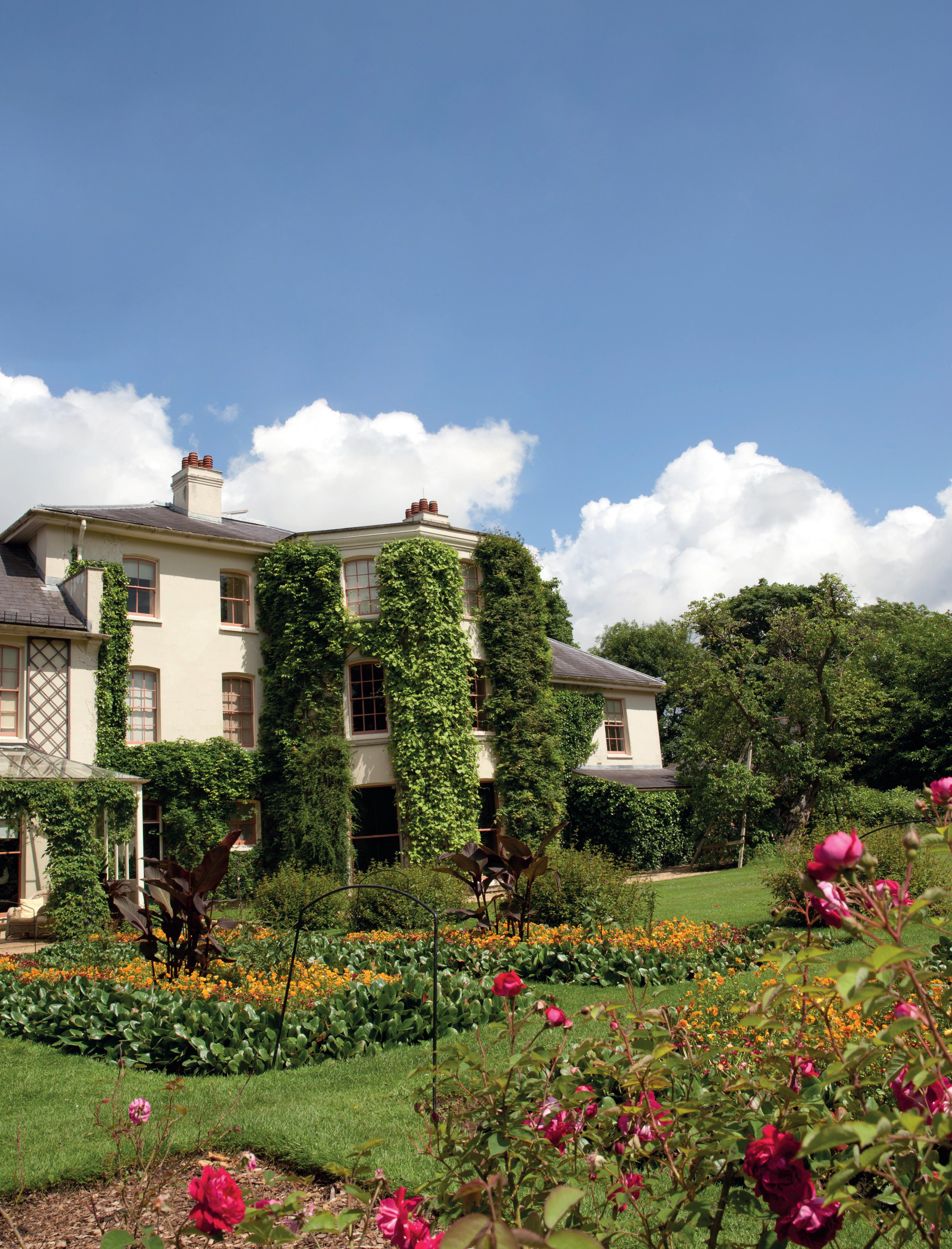
10 minute read
PROJECT PROFILE
PROJECT PROFILE
Drawn from history
Lorna Batty, Interpretation Manager for Shout Out Loud, shares the results of a special project between young volunteers and emerging artists.
Back in November 2020 Shout Out Loud, English Heritage’s youth engagement team, began a new project called ‘Drawn from History’. Usually the team work with young people outside of the organisation, engaging them with history and heritage in fun and meaningful ways, but the aim of this project was to highlight the brilliant work of the young people within
English Heritage: raising their voices and celebrating their experiences through the commissioning of some exciting new illustrations.
Volunteer call out We began by putting a call out for volunteers aged 18-25 to share their favourite stories connected to our sites and their experiences of volunteering. Ten volunteers came forward from sites all across the country, from Bolsover and Beeston to Kenwood and Wrest Park. Meanwhile a select panel from the Shout Out Loud Young Producers, our in-house steering group of young people, worked together to select four talented young artists to turn these stories into artworks.
I absolutely love it and think it captures everything perfectly. I can’t wait to show everyone!
Scott Ray, Battle Abbey
Working together Over the course of several weeks, each volunteer met with an artist to brief them on what they would like to see in their illustration. For some it was about sharing the joy of volunteering and the skills they have learnt; for others, the focus was on highlighting lesser-told stories, a key part of Shout Out Loud’s mission. Each volunteer then worked with their artist over a number of weeks to shape the final image.
New illustrations The results are fantastic – ten bright and bold illustrations that brilliantly capture the spirit of volunteering at English Heritage sites, plus our many and varied stories. Each participant has now received a framed print as a memento of their time on the project and the team would like to give a huge thank you to all the volunteers. Look out for the illustrations in recruitment campaigns later this year as we use them to encourage more young people to get into volunteering. As volunteer Sam Adams says, ‘I really enjoy volunteering at Wrest Park because it is like no other opportunity around. It has made me passionate about changing the stereotypes surrounding the heritage sector and English Heritage properties...heritage isn’t just for older people – it’s for everyone.’ ■
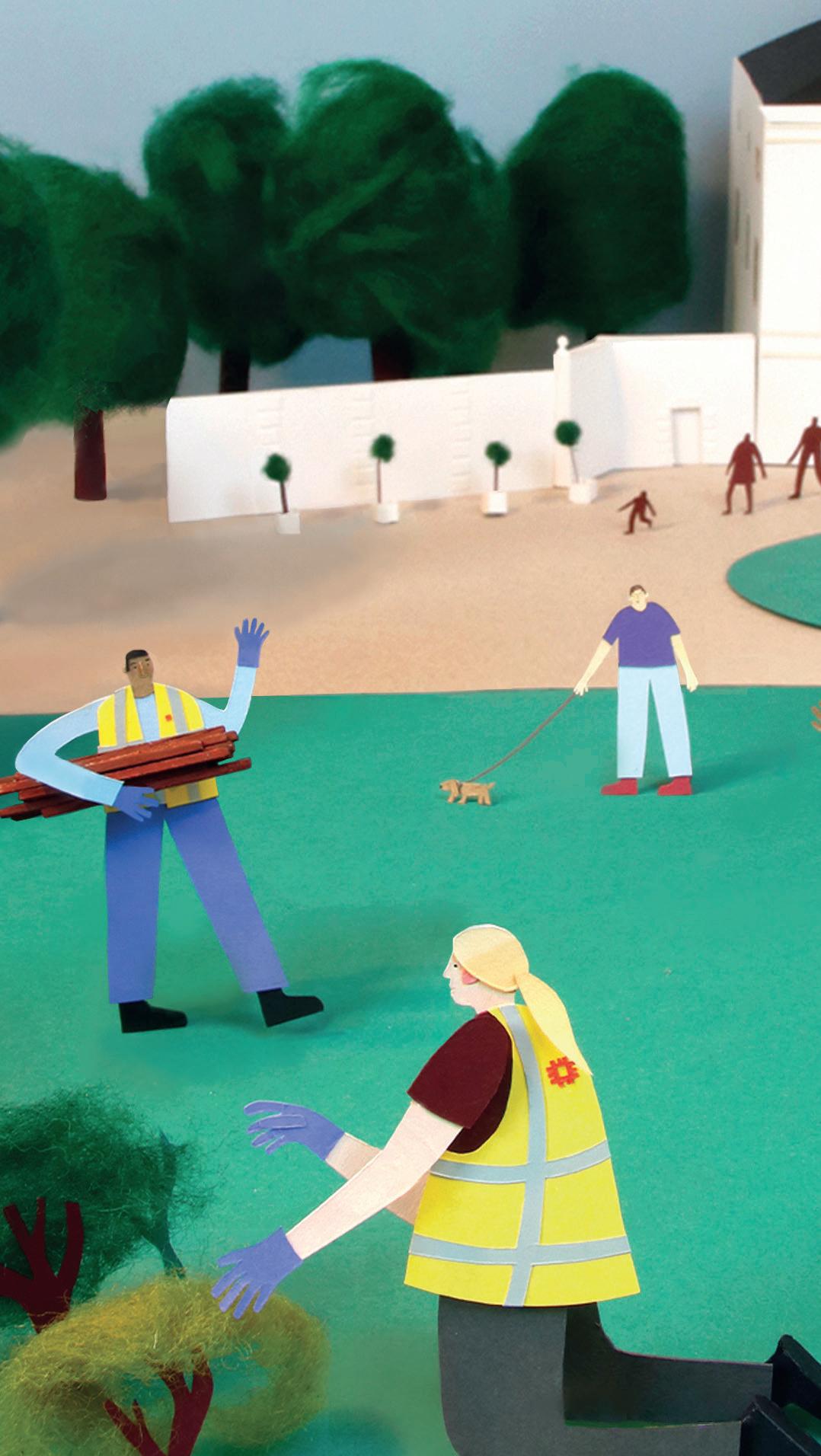

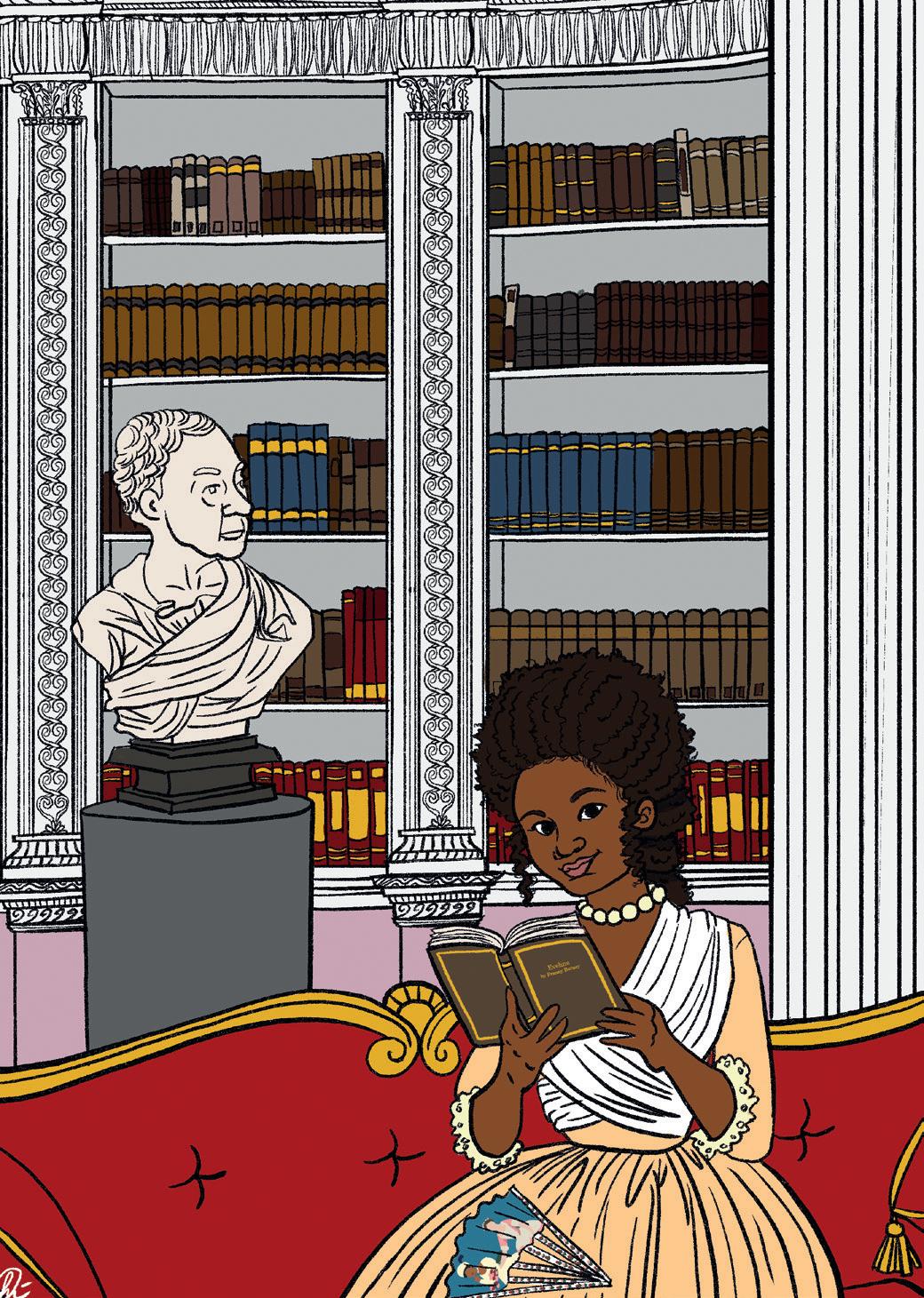
4 1
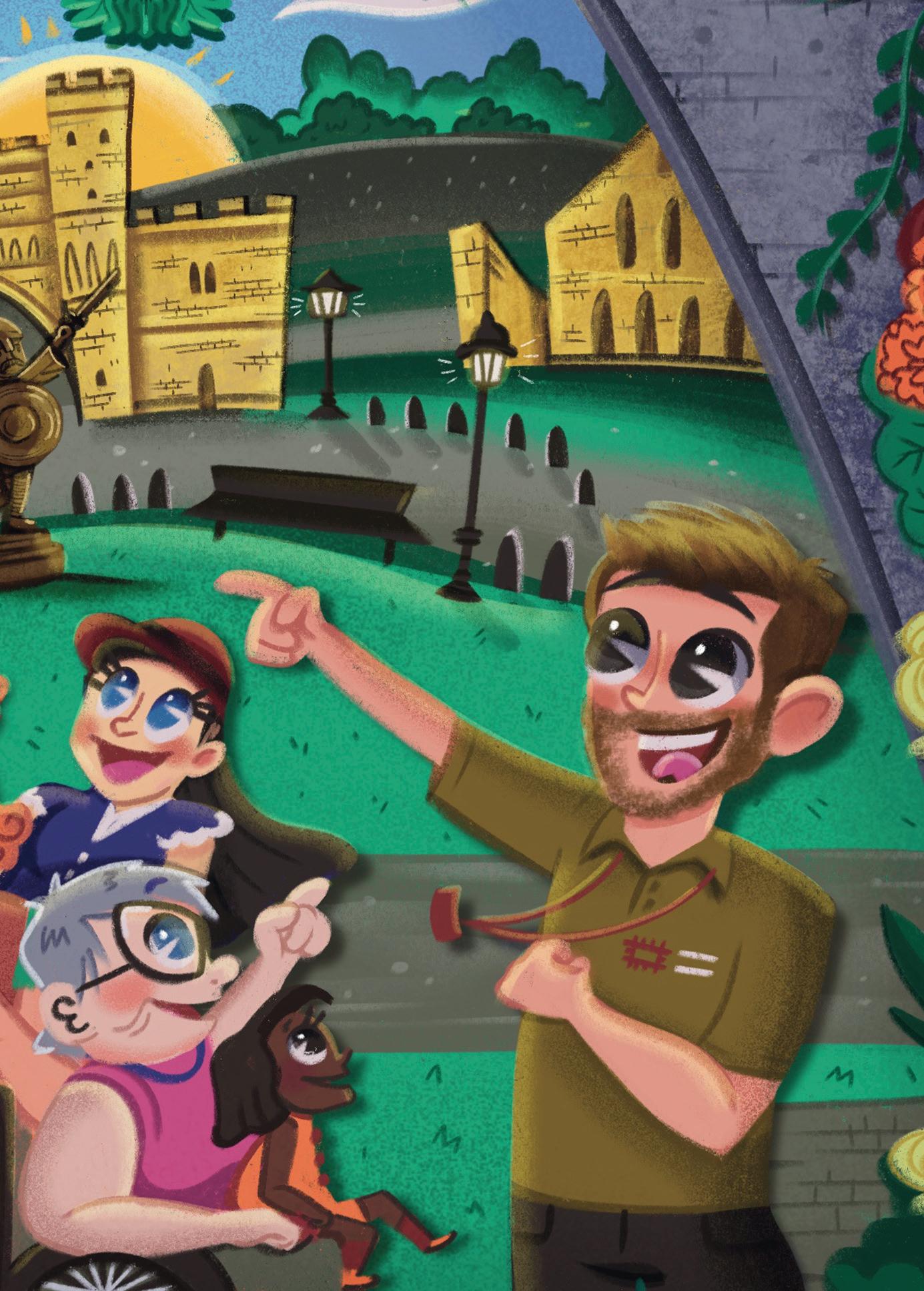
1. Battle Abbey by Lauren Marsden Lauren worked with volunteer Scott Ray to illustrate his experiences of delivering guided tours at Battle Abbey.
2. Dido Belle by Chanté Timothy Kenwood volunteer Anne Moorhouse worked with artist Chanté to highlight the story of Dido Belle, who lived there.
3. Beeston Roundhouse by Laura Buckell Polly Bowerman told her story to Laura, who illustrated her experiences of the Beeston roundhouse project.
4. Marble Hill by Kezia Hulse Alexandra Madden shared her experiences of being a volunteer gardener at Marble Hill with papercraft artist, Kezia.
Contents Page: London Wall by Laura Marsden Marble Hill volunteer Ansley Whitmer wanted to share her feelings towards one of her favourite English Heritage sites, the London Wall.
Shout Out Loud is funded by The National Lottery Heritage Fund’s Kick The Dust programme. 2
3
FIND OUT MORE The artworks are now complete. To see them and learn more about the Shout Out Loud project please visit www.shoutoutloud.org.uk Or visit our pages on twitter and instagram at eh_shoutoutloud
SKILLS BUILDING
KEEPING IT ALIVE DURING LOCKDOWN
Linda Parker, meet and greet volunteer at Apsley House, shares how researching content for a blog increased her confi dence and made lockdown disappear for a while.
In early May 2020, six weeks on from the start of the fi rst lockdown, a staff/volunteer blog was created for Apsley House and the Wellington Arch with the aim of building an informal reference source for stories about the buildings, the Iron Duke, Waterloo, the
Wellington Museum art collection and any related topics, whether serious or light-hearted.
Surprisingly addictive I’d been volunteering at Apsley House for ten months when the blog was launched, and was a bit unsure about whether it would ‘catch on’ and if I had enough Wellington knowledge, but I thought I’d give it a go. I’d never written for a blog before, and I wanted to come at the Wellington/Napoleon/Waterloo stories from a different angle; one that most readers would fi nd interesting, but not necessarily the usual history. Once I had my subject, I started researching it online – I got completely lost in fi nding out more, time just fl ew by and I thoroughly recommend this as a way to make lockdown disappear for a while. Another aspect of Wellington history My fi rst blog was a piece on ‘Wellington in Film’ starting with a 1934 early ‘talkie’, and going through the 1960s and ‘70s up to 2012. I was surprised at how many fi lms featured the Duke – either as the lead character or in a supporting role – and the more I researched, the wider the topic became. Of course, the fi lm Waterloo starring Christopher Plummer and Rod Steiger is the most well known, but I discovered that there were others I’d never heard of, and they keep on coming. This year a new fi lm, The Duke,
is due to be released, which is based on the theft of Goya’s portrait of the Duke from the National Gallery in London in 1961, and features Helen Mirren and Jim Broadbent.
My next blogs were natural extensions of the fi rst one and looked at ‘Popular Culture’ (basically, the Duke in the theatre and on television) and ‘Music and Song’ (the Battle of Waterloo is especially popular).
Back to the mainstream I don’t know whether the daily Covid statistics infl uenced me subconsciously, but my later blog was to tell the story of Wellington’s death and funeral. My knowledge of the Duke’s life and times was reasonable, but I didn’t know much about the end of his life. It turns out that he was the 19th-century equivalent of one of today’s A-listers, and the public’s reaction was similar to what happened when Princess Diana died – including huge crowds and dodgy souvenirs.
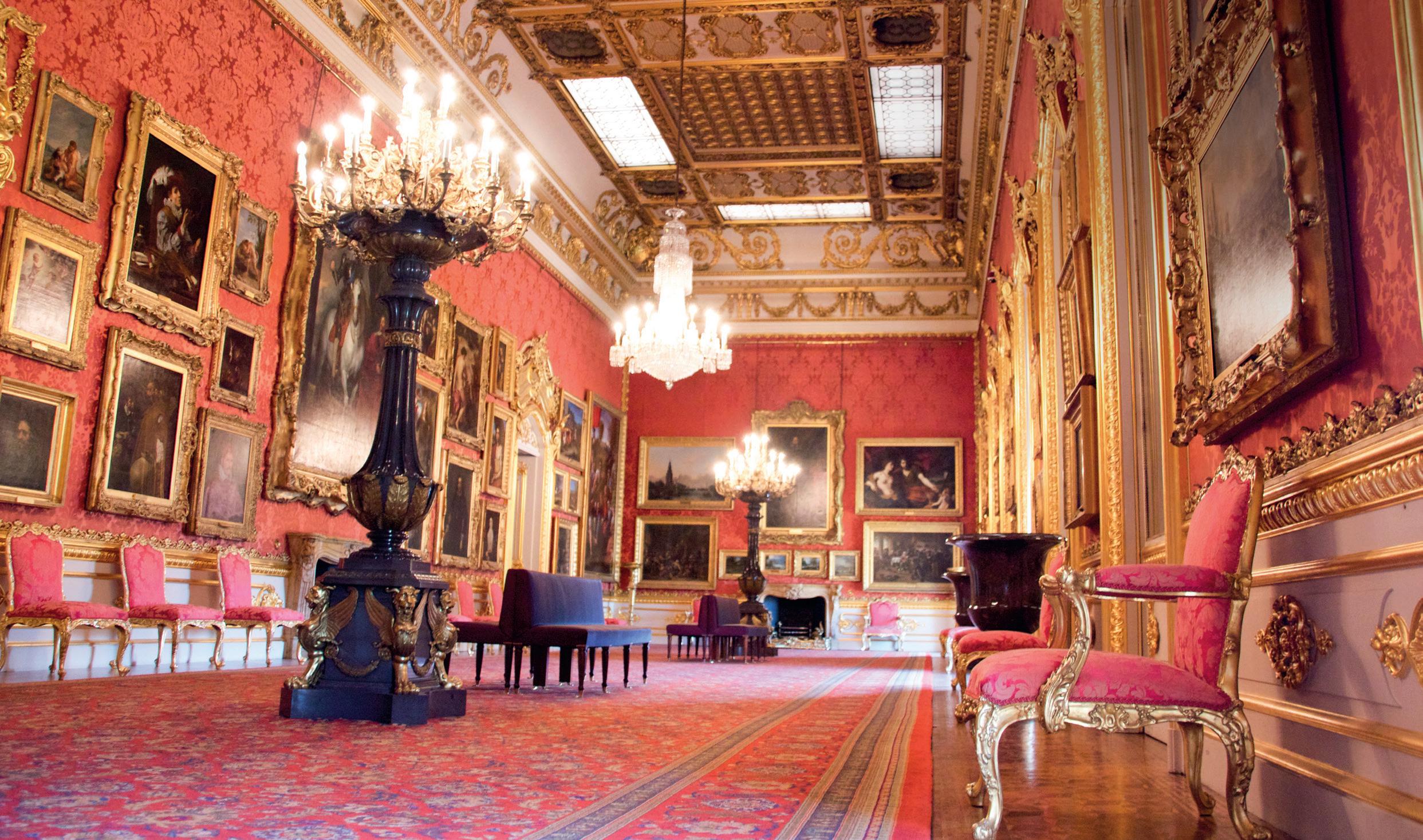
Unexpected advantages What I’ve found is that my blog research has improved my chats with our visitors, hopefully making them more interesting and giving the stories added impact. I can answer questions with more conviction, and this has the knock-on effect of giving me the confi dence that I do really know what I’m talking about. ■
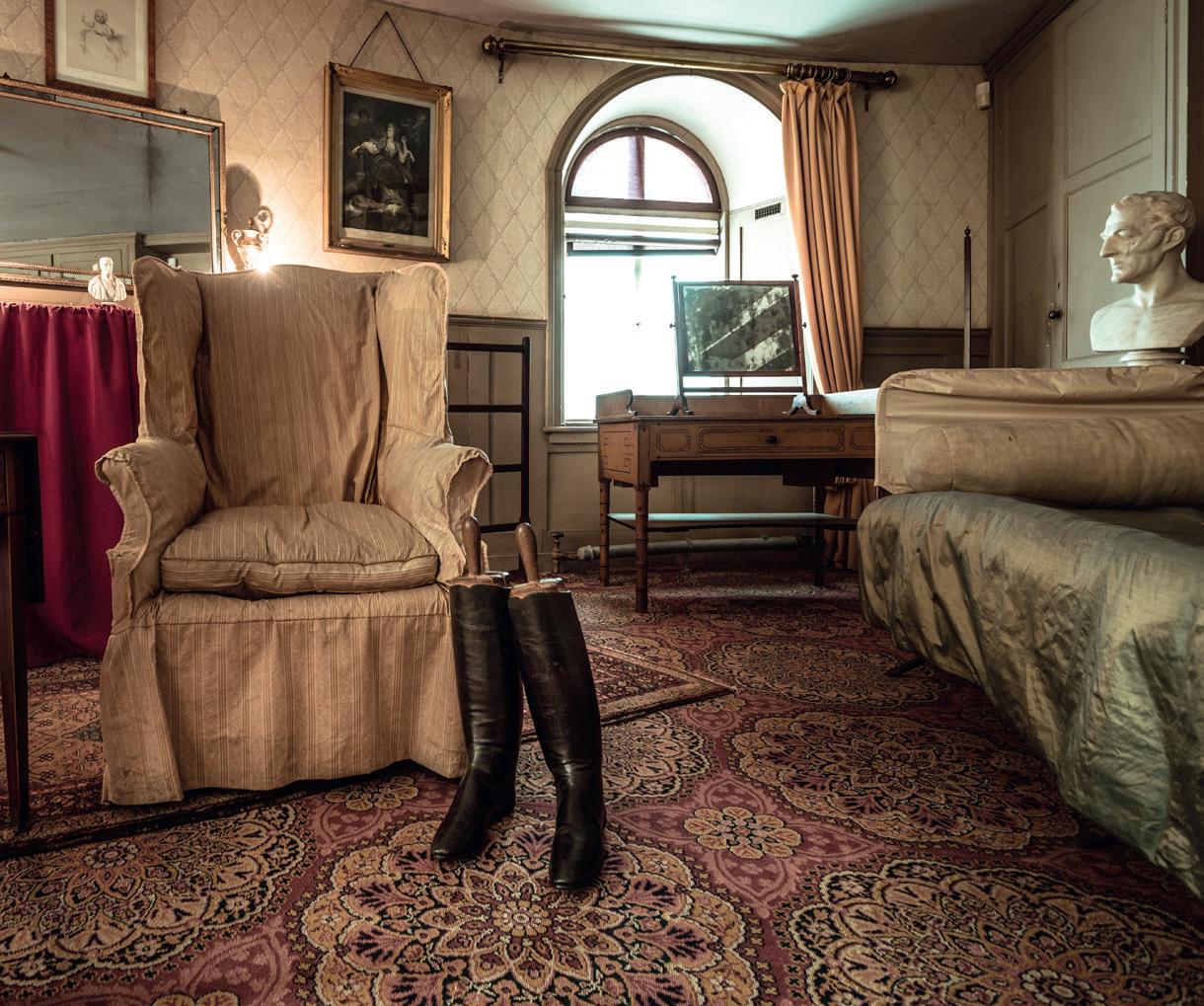
Clockwise from opposite page Apsley House exterior; Apsley House interior; Wellington’s room in Walmer Castle; The Duke of Wellington by Francisco de Goya © The National Gallery, London
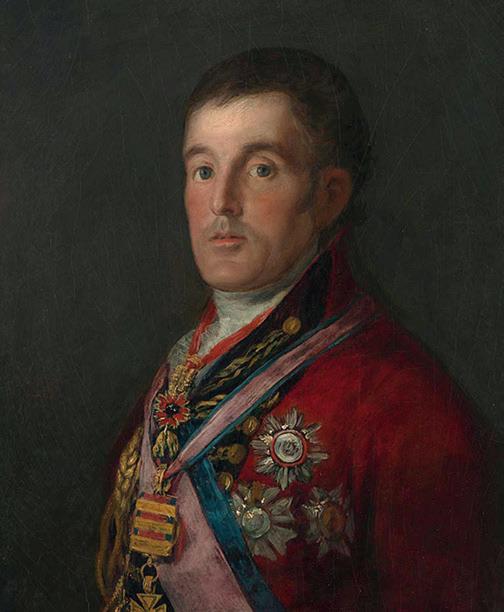
GET INVOLVED Our blog has many other contributors, with lots of engrossing facts. It might inspire you to start something similar. Visit apsley-arch-blog.medium.com
OUR HEROES
VOLUNTEER AND GROW AS A PHOTOGRAPHER
We share some of the beautiful images which have been captured by members of our volunteer photography team.
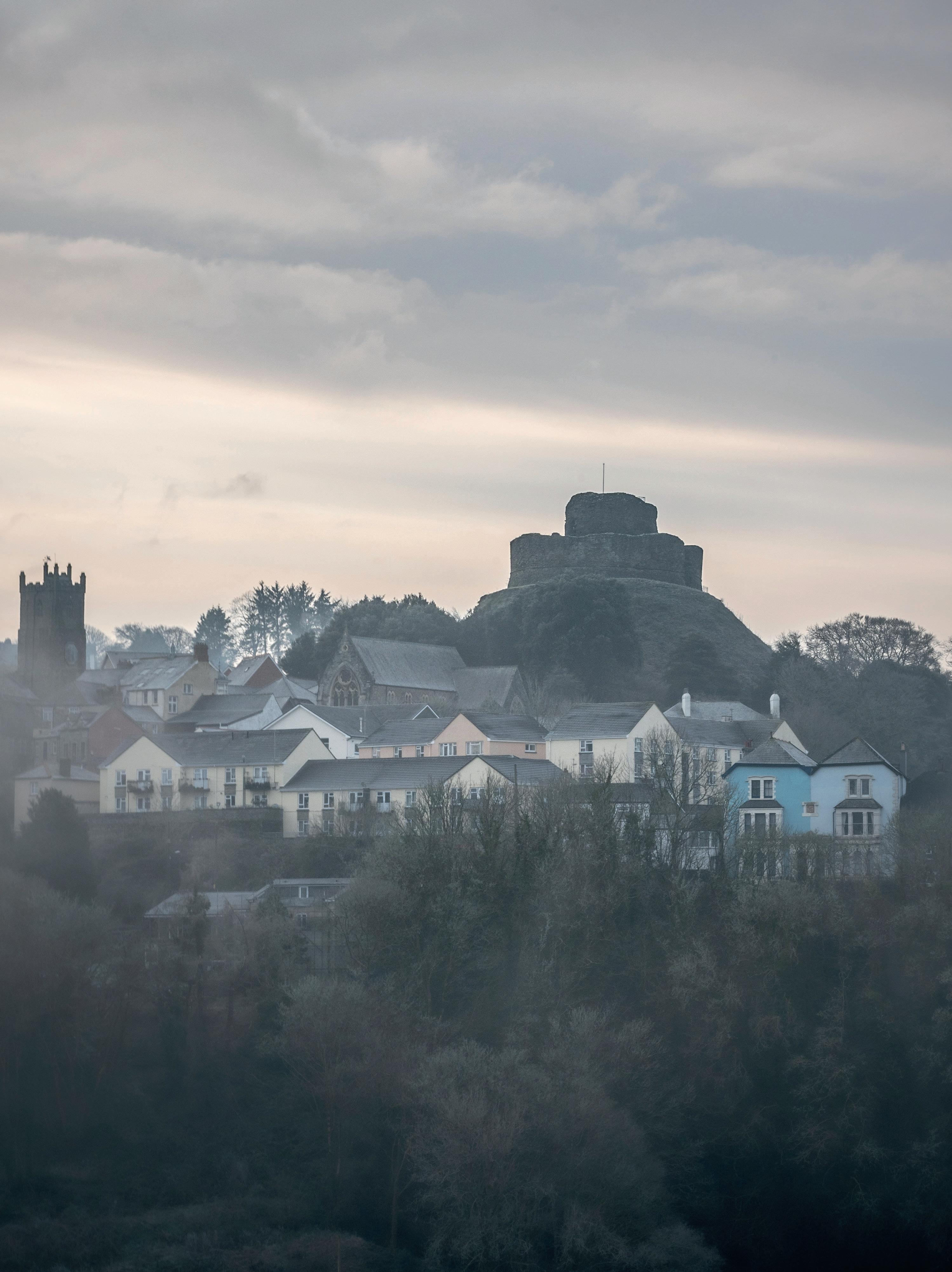
Silbury Hill Sunset by Steve Watson
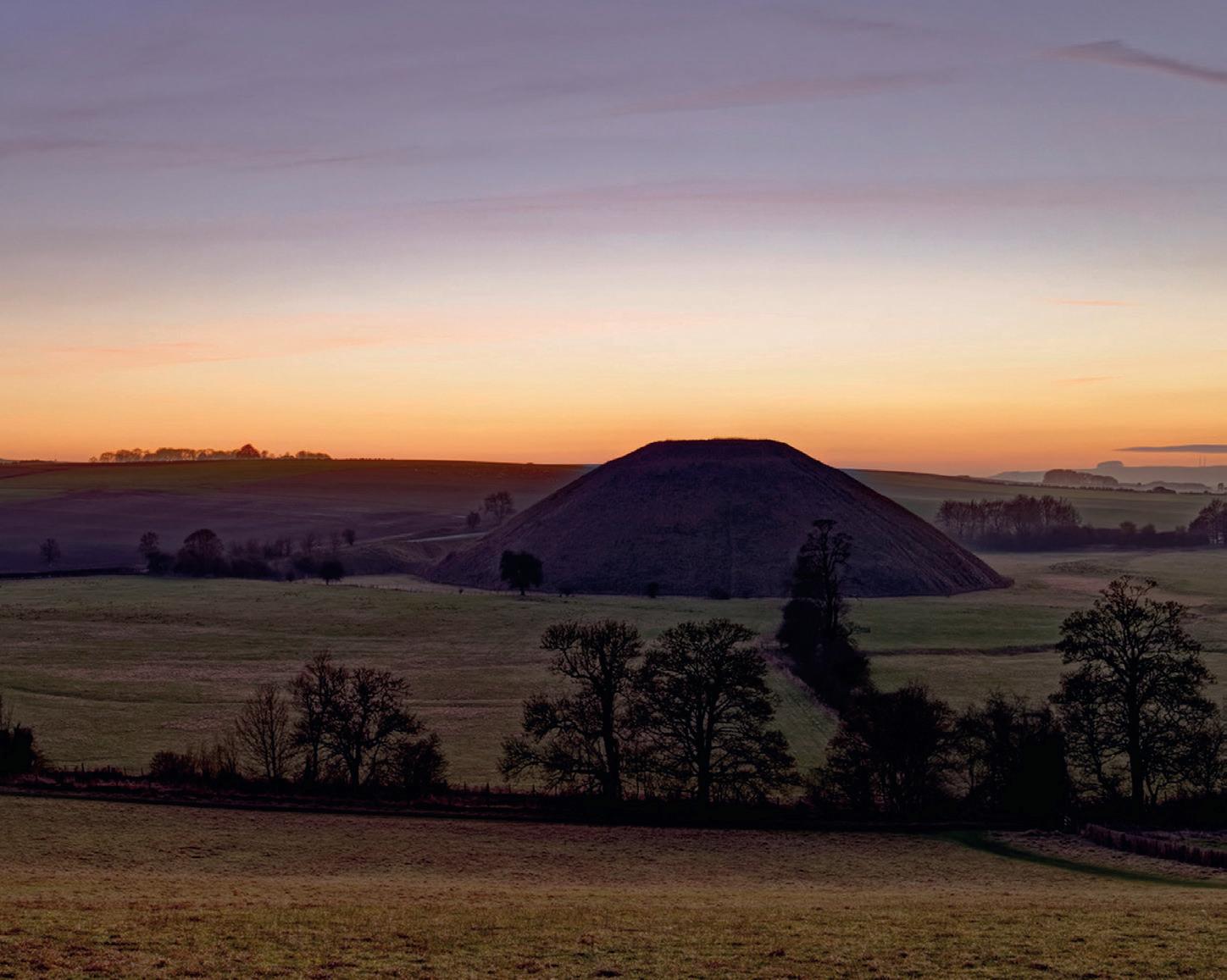
For me, being a volunteer enables me to not only develop my photography skills but also the ability to share my skills in a way that benefits others.
Cheryl Hoskin, Devon Photography Volunteer
Developing a volunteer photography programme will massively increase the number and diversity of images of our free-to-enter sites. The first members of the freshly recruited team of volunteer photographers have been letting their creative side loose on our sites and have produced professional-quality photography to support
English Heritage. As a result, the number of images available has grown considerably, and represents the first significant new collection of photographs of freeto-enter sites since we became a charity nearly five years ago. A number of our colleagues at our pay-to-enter sites have also taken the opportunity to harness their skills and expertise, and have been commissioned to undertake photo shoots at sites including Boscobel and Stonehenge.
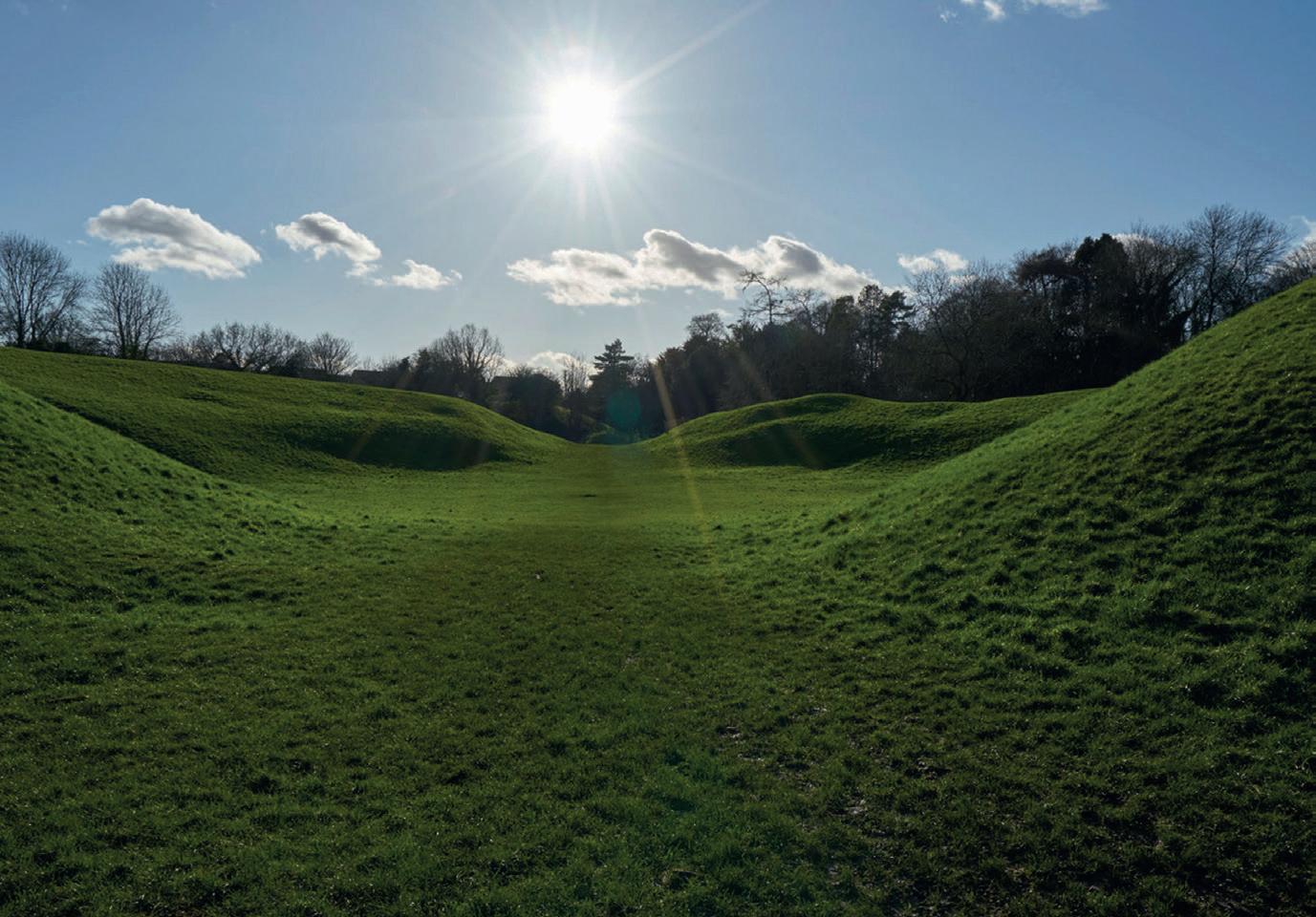
Cirencester Amphitheatre by Gary Haywood
The vaulted ceiling of the Chapter House at Buildwas Abbey by Paul Burton Paul Burton

Having only become a volunteer photographer for English Heritage in August 2020, during the current pandemic, I was not sure if it was the right thing to do! Well, it definitely was – it has given me the impetus to get out there and do something I really enjoy. Not only that, but I have found myself looking deeper at the properties and the environment around them, and I am noticing so many more things which I have missed in the past. It’s great to know that you are contributing something positive during these difficult times, and keeping a record of these important buildings.
Tim Rubidge
I started volunteering as a site monitor at Knowlton Church and Earthworks four years ago. I found myself with a lot of time on my hands and had always loved the site. Though small and tucked away, in and around it one can trace British history through Neolithic, Saxon, Norman and medieval times right up to the 18th century. When I am not monitoring Knowlton, photography is my passion and a stimulus to my several expeditions to sub-Saharan Africa. I am the sort of person who wants a ‘project’ – photographing merely pretty landscapes I come upon by chance is unsatisfying. So, I thought, ‘Let’s see if I can volunteer my photography to English Heritage, too.’ With the support of the Free Sites West team and David Parry (Media Asset Manager), I began venturing out to other sites. What better excuse to learn a little more of our history and heritage?
Armed with a ‘shopping list’ of sites to photograph, and inexpertly assisted on occasion by a Cocker Spaniel that refuses to stay out of shot, I have been seen photographing sites from Fiddleford Manor, to Ludgershall Castle, Chisbury Chapel and Old Wardour Castle. What I enjoy most is the variety of my tasks and the challenges that working for a set purpose brings. I have also had the pleasure of working with many other volunteers and English Heritage staff at their own sites.
With the free-site photography I am free to choose when to make the visit, although I seem unable to pick days that are not cold and windy! At other sites, I fit in with the local staff and volunteers. Our modern times of digital photography are ideally suited to the volunteer photography role as I can download and process the digital images back home and send them through the internet to David in the format he needs and to the contacts at the sites as well. Being a photography volunteer can be technically difficult on occasions but always rewarding. How else could I have had the opportunity to capture images of recusants peering into priest holes (Boscobel House). ■
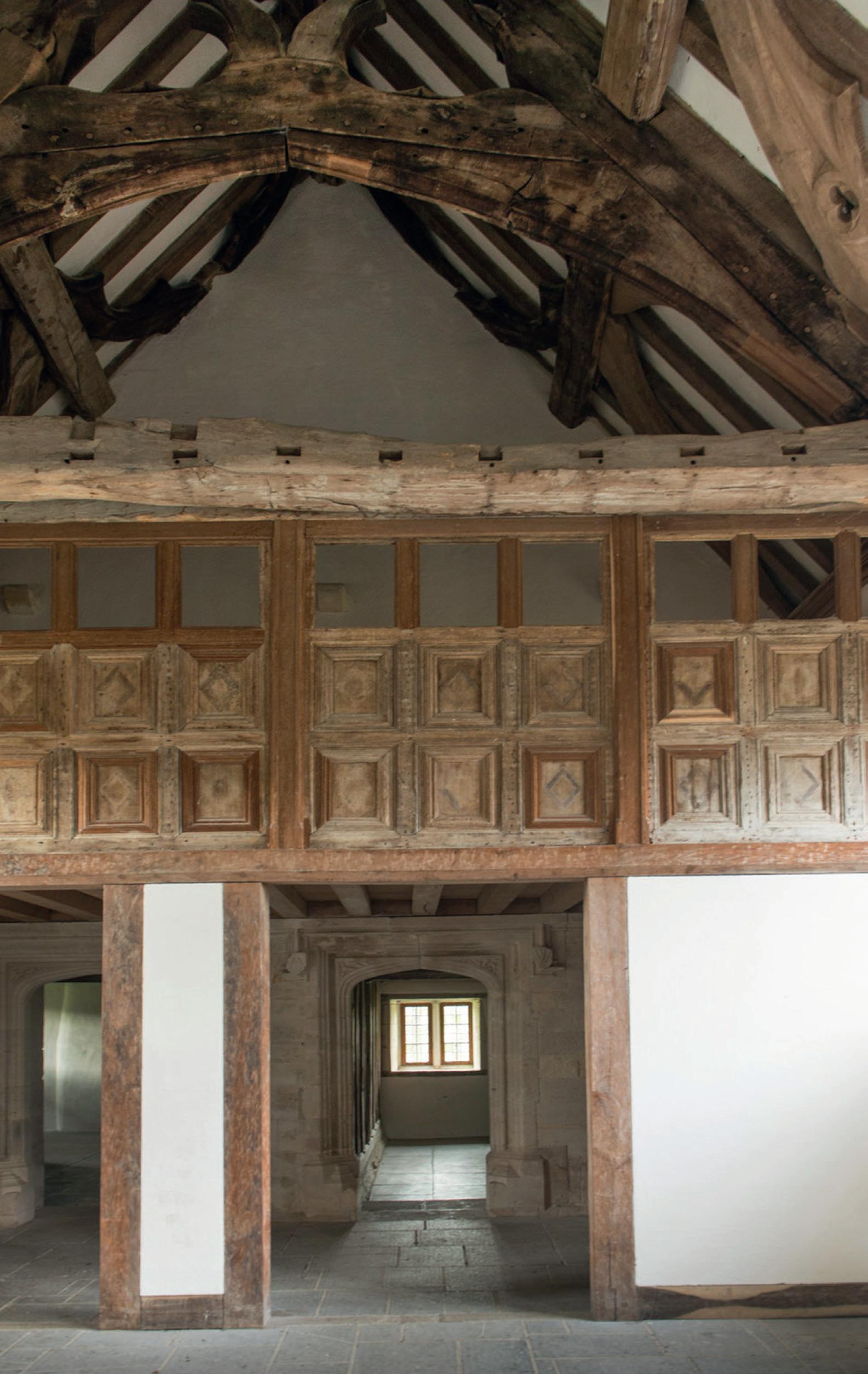
The gallery in the Great Hall at Fiddlesford Manor by Tim Rubidge | timrubidge.com
GET INVOLVED While we aren’t only looking for semi-professionals or those with lots of experience, there are some qualifying criteria around the equipment you are able to use and the technical specification required of your images. Some of the team are experienced professionals and others are just starting out on their photography careers and are building on their skills and portfolio. Others want to use their hobby for a new purpose. Get in touch to find out more at volunteer.enquiries@english-heritage.org.uk

